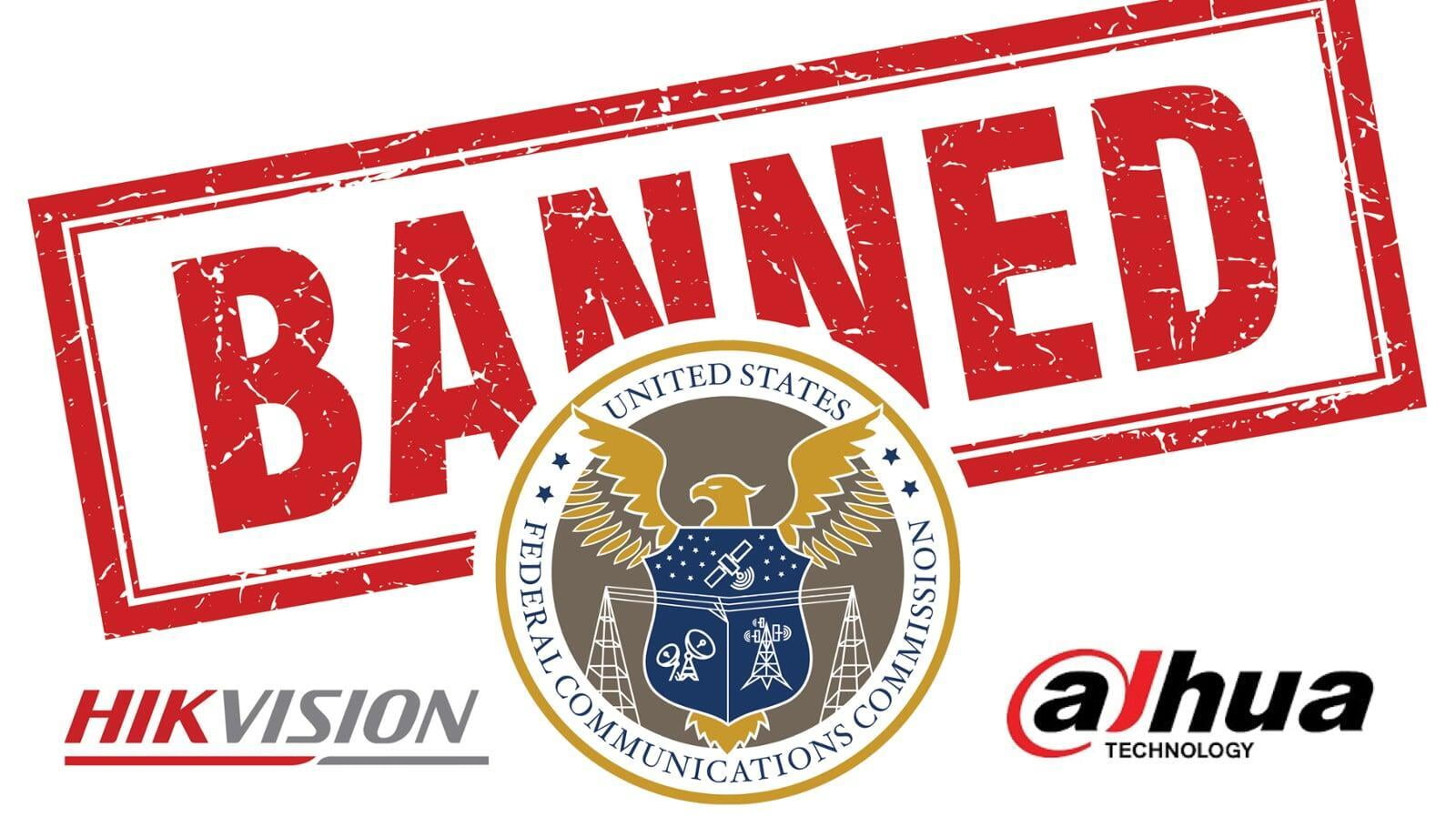At GoView we want to take the opportunity to address the issue of banned cameras and NDAA cameras. Many companies use this as a talking point or selling point touting they do not use any "banned cameras". What they typically use is a good deal of fear mongering and scare tactics around this issue. We recently saw a competitor's surveillance trailer at a trade show. While it had NDAA cameras, it also had tires made in Indonesia, a solar charge controller made in China, Solar Panels made in China, PoE switches made in China and probably many other sub components made in China. They were displaying "100% Made in USA" and "No Banned Cameras" on all their marketing materials.
At GoView our trailers are built and assembled in the USA in our production facility in Idaho. We employ local welders and fabricators to build our major trailer components. Our trailers are titled in the USA and with a GoView 17 Digit VIN number and meet all DOT standards. Many of our parts such as solar panels, tires, bolts, wire, and sub assemblies are made at skilled manufacturing facilities around the world and are sourced based on quality and cost metrics.
In this article we discuss what the NDAA actually says, what it means, and how it might impact your purchasing decision.
Background
- Section 889 of the National Defense Authorization Act (NDAA) for Fiscal Year 2019 prohibits federal agencies and their contractors or grant recipients from procuring video surveillance and other telecommunications equipment from several named Chinese manufacturers.
- The Trade Agreements Act (TAA) regulates that several technical products and services (including hardware and software products and services) be manufactured or substantially transformed in the U.S. or a TAA-approved country.
The big take away here is that the NDAA applies to federal government agencies and their contractors. Many sources falsely claim that the NDAA bans all cameras made in China. There are several well known and reputable Chinese companies that produce NDAA compliant cameras. The 2 main camera manufacturers that are prohibited under the NDAA are Hikvision and Dahua. This is largely because these companies are linked to the CCP.
Before the NDAA was enacted, Hikvision was the largest camera manufacturer in the world. While the NDAA has damaged Dahua and Hikvision's reputation and revenue, these companies still remain among the most widely used cameras in the world for 1 simple reason: Their products are arguably the best value with a good combination of high quality and low price.
GoView takes a balanced approach to this subject. We understand that there are organizations that cannot and should not use products made by a country openly hostile to the USA. For this reason we produce fully NDAA and TAA compliant systems for federal government use. We also understand most organizations are not governed by the NDAA or TAA and as such can choose their suppliers based on best value, lowest cost, highest quality, or any design parameters they choose. Many companies, local governments, state governments, and other organizations have chosen to use NDAA standards when purchasing surveillance technology. We fully support this choice and we have many products that still provide an excellent value and are NDAA compliant.
It is always important to look at the motivation behind scare tactics which is usually to influence your purchasing decisions. Here are 2 questions to consider when it comes to choosing a surveillance camera for your project. These points assume you are not required by law to use NDAA or TAA cameras (98% of organizations worldwide)
1. Is your reasoning for purchasing an NDAA compliant system based on your concern about network safety or information security? In most cases the GoView surveillance system runs 100% independent of your network. The security cameras are on a private LTE connection and are not using your company network. Further more we "airlock" the cameras on a separate ethernet port that is only accessible from the server on the trailer and the cameras are not accessible from the internet. This means that no data is being transmitted from the camera to the internet and there is no way to access the camera remotely except through the main server on the surveillance system.
2. Is your reasoning philosophical or because you do not want your dollars supporting a geopolitical adversary? We respect and support this decision criteria. Due to the interconnected nature of economies and technology it can be very challenging to consistently apply this policy. To be consistent you would also likely need to narrow your search to just TAA approved cameras, which is a much smaller list. As an example: Axis cameras, which are the typical go-to camera for the federal government, still uses parts made in non TAA countries and as such only some of their products are fully NDAA and TAA compliant. To purchase fully TAA compliant cameras, you would be limited to about 10% of the camera models currently in production.
CONCLUSION: We have your back. If you want NDAA or TAA cameras we have many great options and are happy to customize the system for you to meet all NDAA and/or TAA compliance issues. If your main concern is stopping crime and you want to explore all options including the lowest cost possible then we can accomplish that as well.

